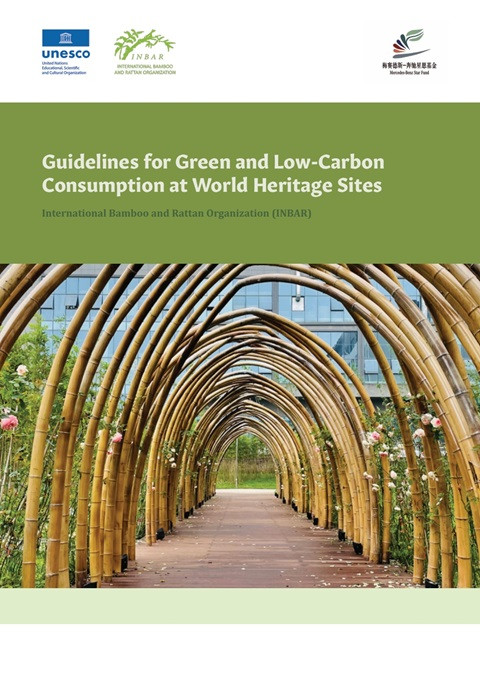
GCED Basic Search Form
Quick Search
Usted está aquí
Resources

Benefiting from Chishui’s rich tourism resources, such as Chishui Danxia World Heritage site, national nature reserves, and attractive landscapes with bamboo featured, ecotourism is flourishing in Chishui. Since 2018, within the framework of China Youth Development Foundation Mercedes-Benz Star Fund "Conservation and Management of World Heritage Sites in China" project, UNESCO Regional Office for East Asia has been implementing the “Bamboo for Carbon Neutrality in Rural Areas” pilot activity on bamboo handicraft sustainable livelihood and carbon reduction and low-carbon development in collaboration with Chishui World Heritage Administration, Chishui Forestry Administration and International Bamboo and Rattan Organization (INBAR) with the support from the Intangible Cultural Heritage Department of Ministry of Culture and Tourism and the Guizhou Forestry and Grassland Administration.
In recent years, the Chinese government has attached great importance to green consumption in implementing the Action Plan for Carbon Dioxide Peak Before 2030 and has achieved remarkable results. However, rigid constraints still exist in several industries, meaning that the long-term mechanism for promoting green consumption and the supporting role of green consumption in high-quality economic development need to be strengthened. In response to this demand, the Guidelines for Green and Low-Carbon Consumption at World Heritage Sites takes the development and utilization of bamboo resources as an entry point to provide systematic guidance for World Heritage sites to implement green and low-carbon concepts in consumer activities, especially in tourism development.
